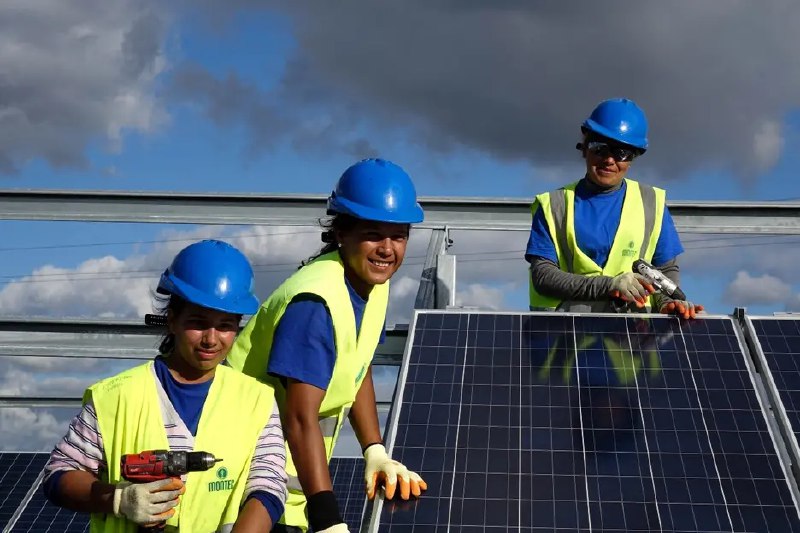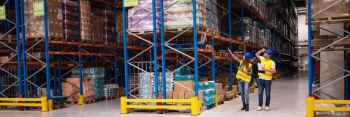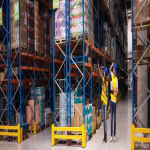Digitalization, technological advancements, the growing demand for social and economic development in the region, and globally competitive energy are all driving the energy sector's pivotal transformation in Latin America and the Caribbean. This shift occurs amid diverse energy matrices, including traditional and renewable sources, with areas boasting the highest quality solar and wind resources, among the world's highest oil and gas reserve-to-production ratios, and abundant reserves of essential minerals like copper and lithium, crucial for the transition (to sustainable energies).
The threefold growth in energy demand anticipated by 2050 underscores the urgency to accelerate renewable adoption while maintaining a balance in traditional energy and mining development. Oil and gas remain economic pillars, but sustained growth in renewables signifies a shift towards a more sustainable future. Brazil is leading this transformation with renewable energy powering more than 50% of domestic consumption.
Energy transition is a strategic priority for institutions like the IDB, which aims to make the region a renewable energy hub, promoting clean technologies such as green hydrogen. Natural gas can support this transition regionally and globally through LNG, offering a competitive and sustainable balance. Copper and lithium are indispensable for the transition. Still, their extraction is energy-intensive, necessitating a balance between market freedom and effective regulations.
Initiatives like RELAC and Net Zero 2050 showcase the region's commitment to sustainability and decarbonization, demanding close collaboration between the public and private sectors to establish regulatory frameworks facilitating the transition.
Despite progress in energy transition technologies, challenges persist, such as intermittent solar and wind generation and the need to enhance the efficiency and costs of emerging sources like hydrogen. Energy storage and distribution face challenges in reducing battery costs and adopting smart grids.




